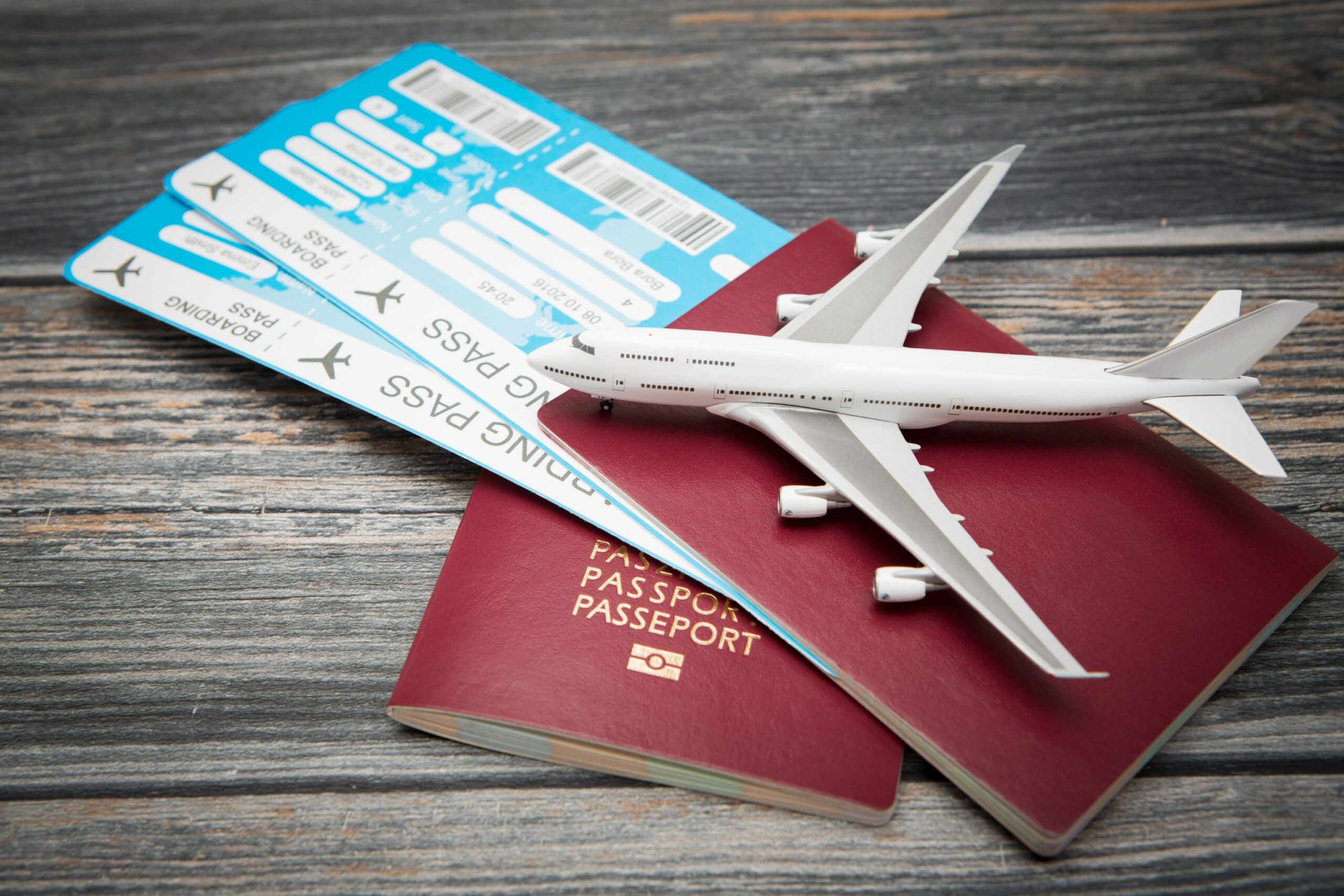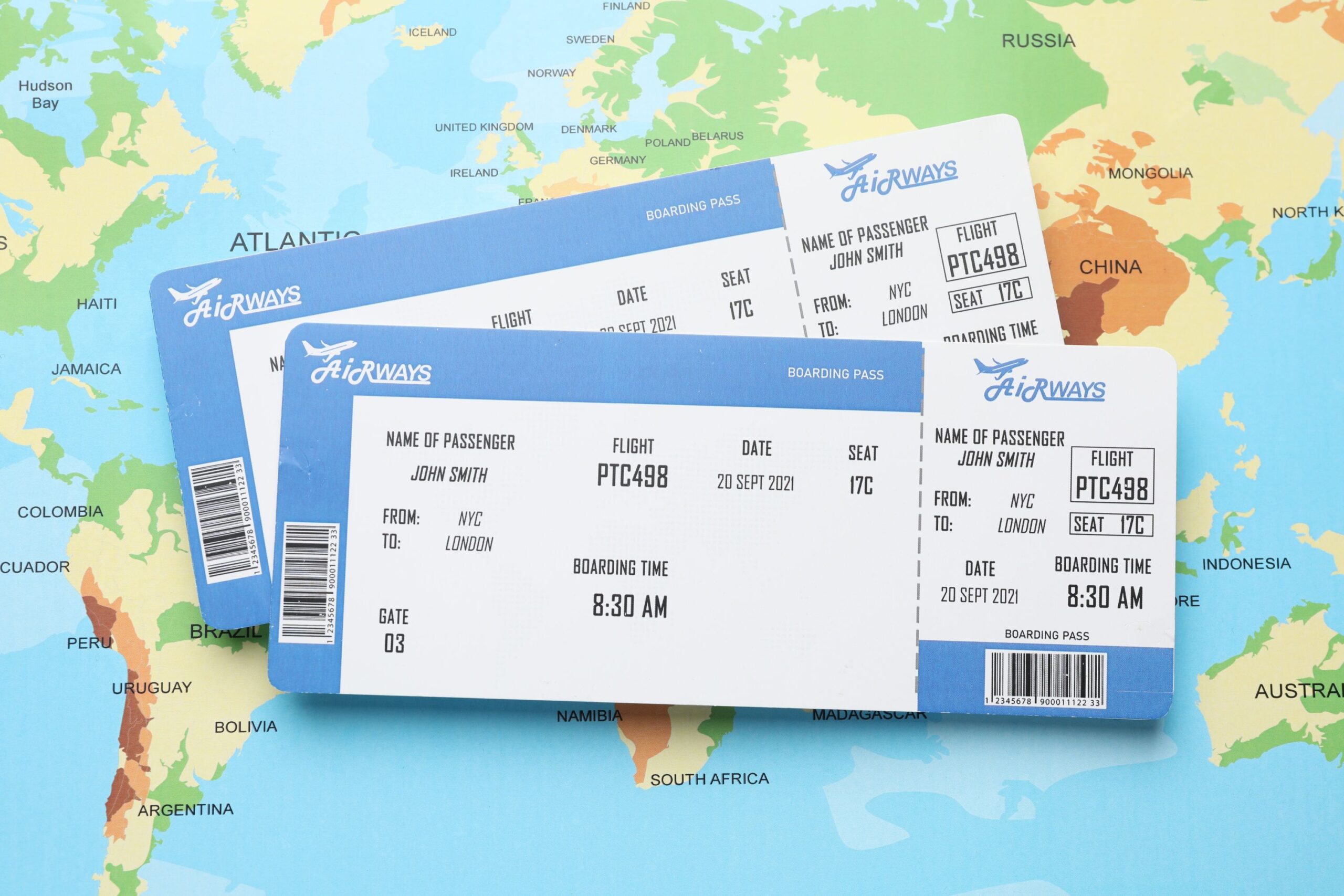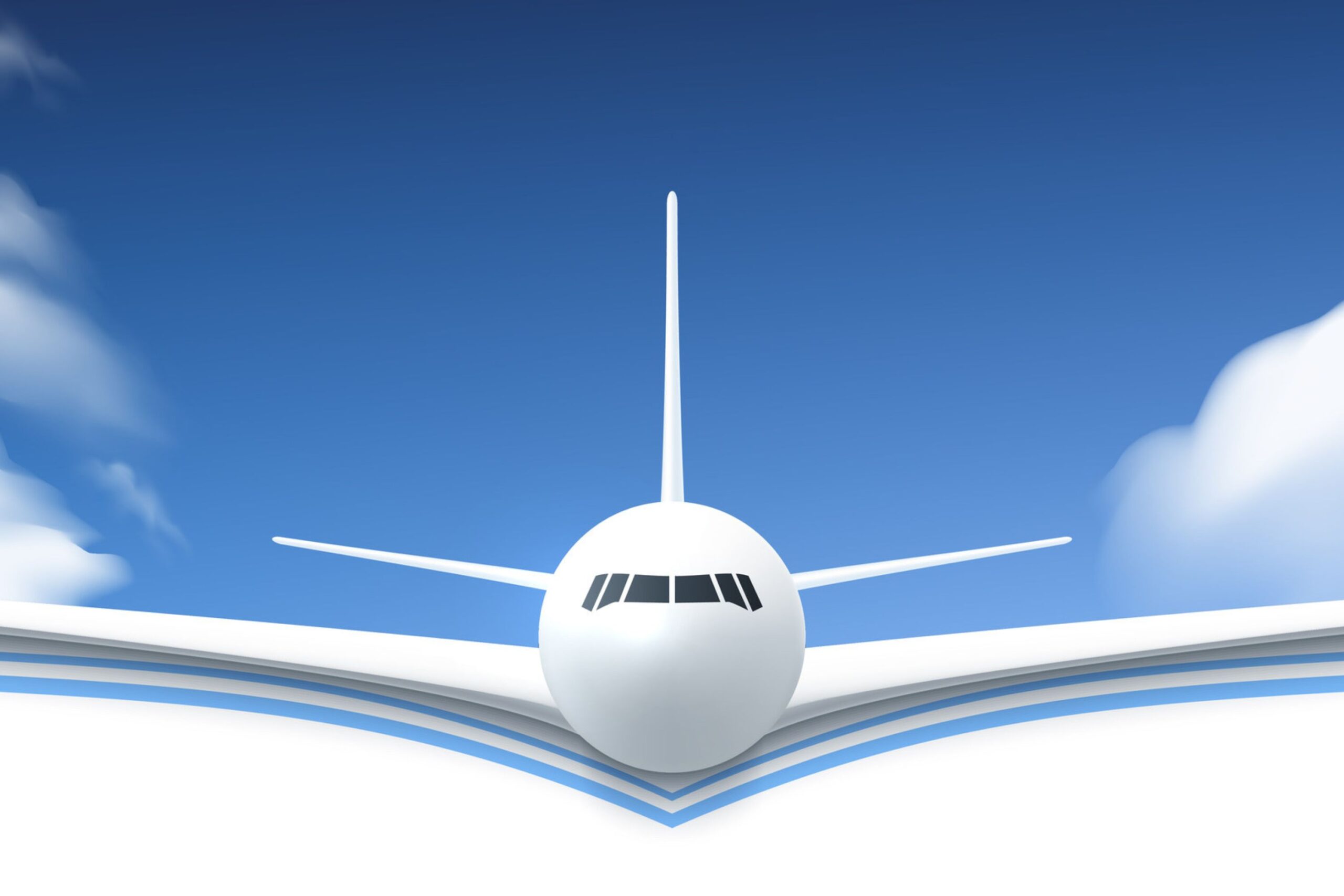Airlines change ticket prices based on early interest, and understanding how this system works could save you a lot of money.
We shall explain how airlines adjust prices based on early demand, and what you can do to secure the best deal before fares start climbing.
How Airlines Adjust Prices Based on Early Demand
Why Do Airline Prices Change So Often?
Flight prices shift constantly, and it’s not random. Airlines use a dynamic pricing system designed to adjust fares in real time. When a flight is first released, only a few seats are available at the lowest rate. These early-bird prices don’t last long.
Even before anyone books, the system watches for activity. If a route gets more attention than expected, the algorithm increases prices. Simply searching for a flight multiple times can cause the fare to rise. So if a ticket was $320 earlier in the day and jumps to $410 by evening, that’s likely due to increasing early demand.
What Airlines Are Tracking While You Search
You feed data into a larger system whenever you look for a flight. Airlines track which routes are being searched, what dates are popular, and how far in advance people typically book. They use this data to predict demand, sometimes weeks or months ahead.
For instance, if they know Rome fills up every summer, they’ll adjust prices earlier. You won’t need to wait for bookings to start; the system will anticipate demand and raise fares ahead of time. If you plan to travel during a peak season or for a major event, booking early is your best move.
How Early Demand Affects Pricing Models
What Are Fare Buckets and Why Do They Matter?
Airlines sell tickets in fare buckets. These are simply different price tiers for the same seat. The first group of tickets is offered at the lowest fare; once those are gone, the next group comes at a higher price.
For example, if you’re flying from New York to London, the first 10 seats might sell for $500. The next 10 could be $550. After that, $600. And so on. You and the person next to you may have paid different amounts depending on when you booked.
This system rewards early action. Once early demand builds, airlines shift to higher fare buckets—even if the plane is mostly empty.
When Should You Book to Avoid Higher Prices?
Timing matters. Airlines typically release flights 10 to 11 months in advance. The lowest prices are usually available during that first release period, but they go quickly.
Booking 1–3 months ahead is usually ideal for domestic flights. If the route is very popular, 3–6 months is a better window for international travel; book even earlier.
Once demand picks up, the system assumes you’ll book anyway and raises the price accordingly. Waiting too long usually means paying more.
How Early Searches Can Influence Price
Can Your Flight Searches Raise the Price?
Yes. Every time a route is searched, the airline’s system records that interest. When a specific flight gets repeated attention, especially close together in time, it sees that as a signal to increase fares.
If you want to avoid this, use incognito or private browsing mode. This prevents your search history from affecting what you see. You can also use fare freeze tools on some platforms to hold a price for a short period while you decide.
Flight alerts are another helpful tool. Set them early, and move quickly when the price drops.
Airlines Use Forecasting to Adjust Prices in Advance
How Airlines Predict Demand Before Booking Starts
Long before a flight appears online, airlines already know how it performed in previous years. They look at how early people booked, how fast the seats sold, and what prices travelers accepted. They also factor in holidays, festivals, and even weather patterns.
For example, if Tokyo sees heavy bookings in April for the cherry blossom season, airlines will raise fares sooner for those dates. The system reacts to the anticipated demand even if no one has booked.
Advanced AI tools help airlines do this efficiently. The more signals they detect, the faster fares adjust.
Why Prices Can Rise Without a Single Booking
You might notice flight prices increasing even when no seats have been sold. This happens because airlines also respond to online buzz. If a destination starts trending or is featured by a prominent travel blogger, search volume increases, and the system acts.
If you see a fare increase the day after a city appears in the news or goes viral, it’s no coincidence. The airline is adjusting ahead of what it expects to be a rush of bookings.
How to Outsmart Early Demand Pricing
Flexibility Can Help You Save
The more flexible your travel plans, the more likely you will avoid paying inflated fares. Most early demand is focused on weekends, holidays, and school breaks. If you can fly one or two days before or after your target date, you might land a lower fare.
Likewise, try checking alternate airports. A flight from a smaller regional airport may not see the same early interest as a major hub, delaying price increases.
Airlines Limit Cheap Seats Based on Demand
Just because there are empty seats doesn’t mean they’ll be cheap. Airlines release only a portion of their seats at the lowest fare. The system won’t hesitate to jump to the next tier if searches and bookings rise quickly.
This yield management method helps airlines make more money without changing anything about the service. It’s entirely based on when and how people search or book.
Protecting Revenue Through Early Price Changes
Airlines act quickly to protect revenue if a flight gains attention early. They hold back lower fare flights and shift to higher ones—even if only a few people have booked.
This strategy is most common on routes with limited competition or seasonal demand. If only one or two airlines serve a destination, expect fares to rise sooner once the system spots early interest.
When you’re flying to a smaller city or during peak travel seasons, don’t wait. Once prices rise, they rarely fall again.
Smart Booking Tips to Stay Ahead
Track New Flight Releases
Most airlines publish flight schedules midweek—usually on Tuesday or Wednesday. This is when the cheapest tickets are added. If you want the lowest fare, set price alerts and be ready to book as soon as the route opens.
Getting in early gives you a better shot at the lowest fare bucket before early demand begins to drive prices up.
Use Alerts and Book When It Feels Right
Monitoring fares for a few days can help you spot trends. If prices start creeping up, that’s a sign the system is reacting to demand, and you should act quickly.
Prices often jump in tiers, not cents. Waiting too long could mean completely missing the lowest fare.
Check Alternate Airports and Dates
Compare prices if you’re flying from or into a city with multiple airports. Early demand often hits the main airports first.
Also, try adjusting your departure or return by a day. Sometimes, even a slight shift can place you outside the high-interest window and help you avoid a price hike.
Avoid Booking After Holidays
People tend to search for flights during or just after holidays. That drives up search volume, which feeds into early demand patterns. To stay ahead, book your flights just before the holiday period ends, while prices are still stable.
Will Prices Ever Drop Again?
In rare cases, airlines overestimate early demand. If bookings fall short, they might temporarily reduce prices, but this is unpredictable and risky.
For most travelers, booking when prices are steady—and before the system shifts—is the safer strategy.
Don’t Keep Refreshing—Know When to Act
If you constantly refresh the same flight page, hoping for a better deal, you might be doing more harm than good. You’re signaling interest in the system.
Set a reasonable target fare. If it gets close, and you notice others are also searching or booking, don’t wait. Perfect timing is rare, but smart timing makes all the difference.
FAQs
What’s the best time of day to book flights before prices rise?
Early morning on Tuesday or Wednesday is best. That’s when airlines release new inventory, before demand builds.
Do airlines raise prices based on how many people search?
Yes. If the system detects growing interest through repeated searches, it may increase fares even without bookings.
Can using incognito mode help find cheaper flights?
It can help you avoid triggering price hikes based on your search history.
How do I know if I’m getting the best fare before prices rise again?
Track flight prices over a few days. If you see a steady increase, that’s a sign it’s time to book.
Will flight prices ever drop if they’ve already increased?
Sometimes, but it’s rare. If demand is high, fares usually stay elevated. Price drops are more common when bookings stall.




